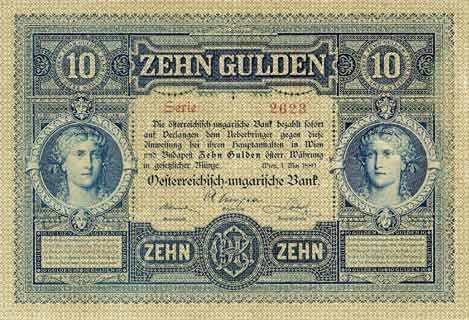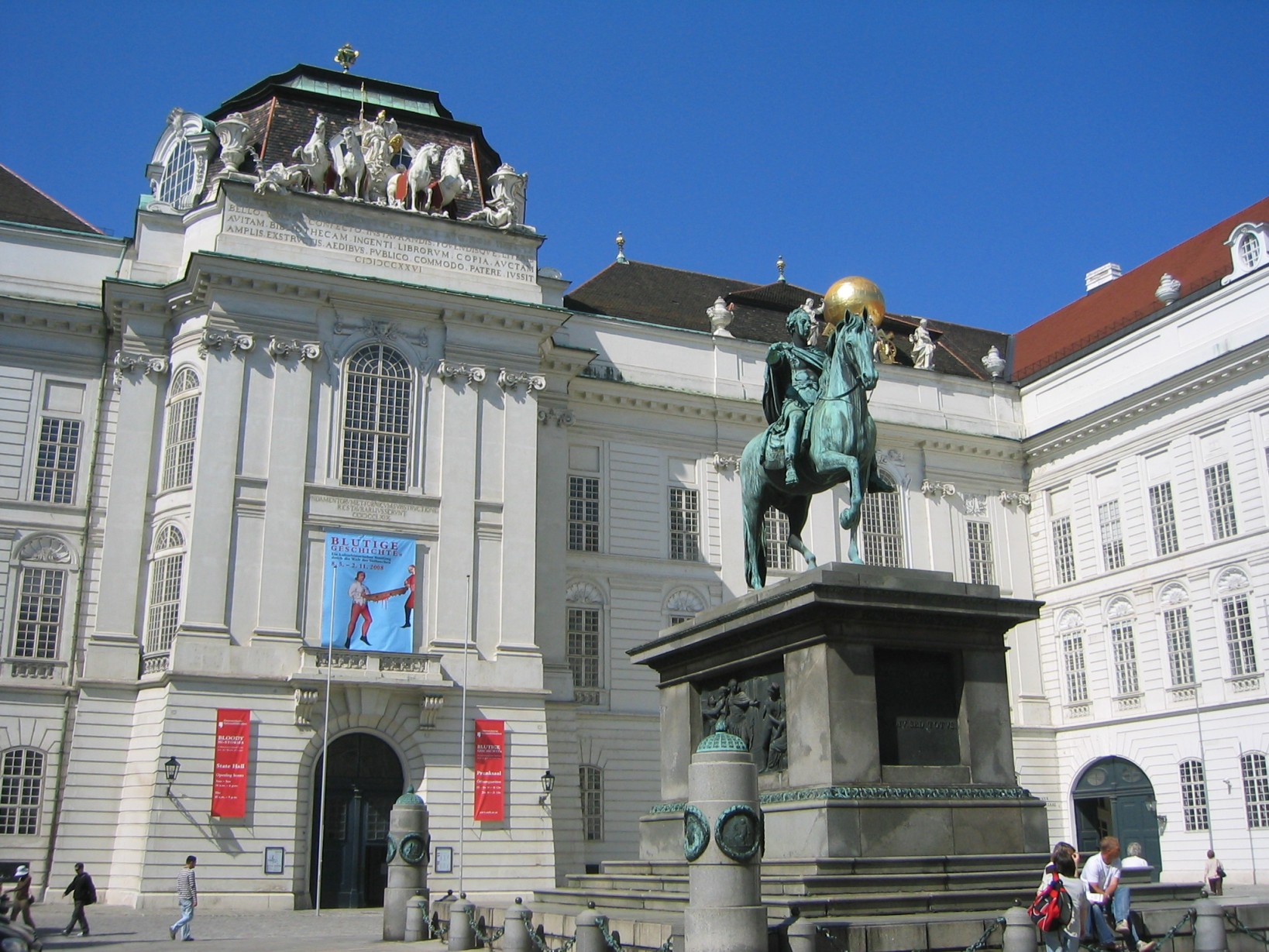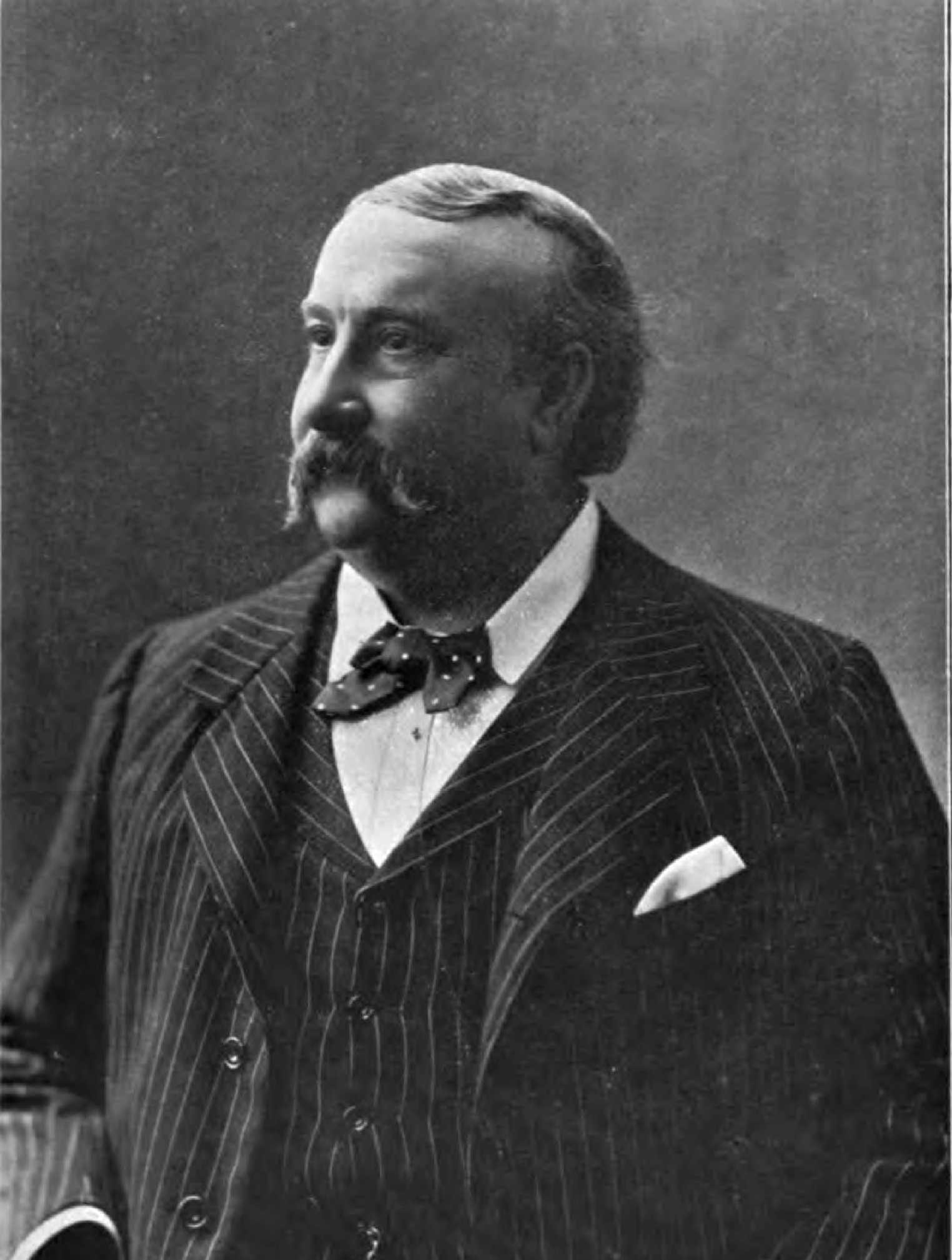|
Te Deum (Bruckner)
The Te Deum in C major, WAB 45, is a setting of the Te Deum hymn, composed by Anton Bruckner for choir and soloists, orchestra, and organ ''ad libitum''. History Bruckner started work on his Te Deum from 3 to 17 May 1881,U. Harten, pp. 439–441 when he was finalising his Symphony No. 6.C. van Zwol, pp. 694–695 After finishing his next Symphony No. 7, Bruckner resumed work on his Te Deum on 28 September 1883. The vocal and orchestral score was completed on 7 March 1884. The ''ad lib.'' organ part was added on a separate score on 16 March 1884. The composer dedicated the piece A.M.D.G. "in gratitude for having safely brought me through so much anguish in Vienna."L. Nowak, pp. iii–iv The Te Deum was premiered in the Kleiner Musikvereinssaal in Vienna on 2 May 1885, with soloists Frau Ulrich-Linde, Emilie Zips, Richard Exleben, and Heinrich Gassner, with the choir of the Wiener Akademischer Richard Wagner Verein, and Robert Erben and Joseph Schalk substituting for t ... [...More Info...] [...Related Items...] OR: [Wikipedia] [Google] [Baidu] |
Anton Bruckner
Joseph Anton Bruckner (; ; 4 September 182411 October 1896) was an Austrian composer and organist best known for his Symphonies by Anton Bruckner, symphonies and sacred music, which includes List of masses by Anton Bruckner, Masses, Te Deum (Bruckner), Te Deum and List of motets by Anton Bruckner, motets. The symphonies are considered emblematic of the final stage of Austrian German, Austro-German Romanticism because of their rich harmonic language, strongly polyphony, polyphonic character, and considerable length. Bruckner's compositions helped to define contemporary musical radicalism, owing to their Consonance and dissonance, dissonances, unprepared modulation (music), modulations, and roving harmony, harmonies. Unlike other musical radicals such as Richard Wagner and Hugo Wolf, Bruckner showed respect, even humility, before other famous musicians, Wagner in particular. This apparent dichotomy between Bruckner the man and Bruckner the composer hampers efforts to describe his ... [...More Info...] [...Related Items...] OR: [Wikipedia] [Google] [Baidu] |
Alma Mahler-Werfel
Alma Mahler-Werfel (born Alma Margaretha Maria Schindler; 31 August 1879 – 11 December 1964) was an Austrian composer, author, editor, and socialite. Musically active from her early years, she was the composer of nearly fifty songs for voice and piano, and works in other genres as well. 17 songs are known to have survived. At 15, she was mentored by Max Burckhard. She married composer Gustav Mahler but he died in 1911. Between 1911 and 1914 she had a passionate affair with Oskar Kokoschka. In 1915, Alma married Walter Gropius, and they had a daughter, Manon Gropius. Throughout her marriage to Gropius, Alma engaged in an affair with Franz Werfel. Following her separation from Gropius, Alma and Werfel eventually married. In 1938, after Nazi Germany annexed Austria, Werfel and Alma fled, as it was unsafe for the Jewish Werfel. Eventually the couple settled in Los Angeles. In later years, her salon became part of the artistic scene, first in Vienna, then in Los Angeles and New ... [...More Info...] [...Related Items...] OR: [Wikipedia] [Google] [Baidu] |
Clarinet
The clarinet is a Single-reed instrument, single-reed musical instrument in the woodwind family, with a nearly cylindrical bore (wind instruments), bore and a flared bell. Clarinets comprise a Family (musical instruments), family of instruments of differing sizes and pitches. The clarinet family is the largest woodwind family, ranging from the contrabass clarinet, BB♭ contrabass to the A-flat clarinet, A♭ piccolo. The B soprano clarinet is the most common type, and is the instrument usually indicated by the word "clarinet". German instrument maker Johann Christoph Denner is generally credited with inventing the clarinet sometime around 1700 by adding a register key to the chalumeau, an earlier single-reed instrument. Over time, additional keywork and airtight pads were added to improve the tone and playability. Today the clarinet is a standard fixture of the orchestra and concert band and is used in classical music, military bands, klezmer, jazz, and other styles. Etymol ... [...More Info...] [...Related Items...] OR: [Wikipedia] [Google] [Baidu] |
Oboe
The oboe ( ) is a type of double-reed woodwind instrument. Oboes are usually made of wood, but may also be made of synthetic materials, such as plastic, resin, or hybrid composites. The most common type of oboe, the soprano oboe pitched in C, measures roughly long and has metal Key (instrument), keys, a conical Bore (wind instruments), bore and a flared bell. Sound is produced by blowing into the Reed (instrument), reed at a sufficient air pressure, causing it to vibrate with the air column. The distinctive tone is versatile and has been described as "bright". When the word ''oboe'' is used alone, it is generally taken to mean the soprano member rather than other instruments of the family, such as the bass oboe, the cor anglais (English horn), or oboe d'amore. Today, the oboe is commonly used as orchestral or solo instrument in Orchestra, symphony orchestras, concert bands and chamber music, chamber ensembles. The oboe is especially used in classical music, film music, some ge ... [...More Info...] [...Related Items...] OR: [Wikipedia] [Google] [Baidu] |
Flute
The flute is a member of a family of musical instruments in the woodwind group. Like all woodwinds, flutes are aerophones, producing sound with a vibrating column of air. Flutes produce sound when the player's air flows across an opening. In the Hornbostel–Sachs classification system, flutes are edge-blown aerophones. A musician who plays the flute is called a flautist or flutist. Paleolithic flutes with hand-bored holes are the earliest known identifiable musical instruments. A number of flutes dating to about 53,000 to 45,000 years ago have been found in the Swabian Jura region of present-day Germany, indicating a developed musical tradition from the earliest period of modern human presence in Europe.. Citation on p. 248. * While the oldest flutes currently known were found in Europe, Asia also has a long history with the instrument. A playable bone flute discovered in China is dated to about 9,000 years ago. The Americas also had an ancient flute culture, with instrumen ... [...More Info...] [...Related Items...] OR: [Wikipedia] [Google] [Baidu] |
Austro-Hungarian Florin
The Austro-Hungarian gulden (German language, German), also known as the florin (German language, German & Croatian language, Croatian), forint (Hungarian language, Hungarian; ), or zloty (; ; ), was the currency of the Habsburg monarchy, lands of the House of Habsburg between 1754 and 1892 (known as the Austrian Empire from 1804 to 1867 and the Austria-Hungary, Austro-Hungarian Monarchy after 1867), when it was replaced by the Austro-Hungarian krone as part of the introduction of the gold standard. In Austria, the gulden was initially divided into 60 kreuzers (German; ; ; ; ; ). The currency was decimalisation, decimalized in 1857, using the same names for the unit and subunit. Name The name ''Gulden'' was used on pre-1867 Austrian banknotes and on the German language side of the post-1867 banknotes. In southern Germany, the word South German gulden, Gulden was the standard word for a major currency unit. After 1867 Austrian coins used the name ''Florin''. "Florin" is derived from ... [...More Info...] [...Related Items...] OR: [Wikipedia] [Google] [Baidu] |
Leopold Nowak
Leopold Nowak (17 August 1904 – 27 May 1991) was an Austrian musicologist chiefly known for editing the works of Anton Bruckner for the International Bruckner Society.Bruckner Problems, in Perpetuity, Margaret Notley ''19th-Century Music'', Vol. 30, No. 1 (Summer, 2006), pp. 81–93 He reconstructed the original form of some of those works, most of which had been revised and edited many times. Nowak was born in Vienna, Austria. He studied piano and organ at the Imperial Academy of Music in Vienna. He studied musicology with Guido Adler and Robert Lach at the Vienna University, where he later taught from 1932 to 1973. He succeeded Robert Haas as music director of the music collection of the Austrian National Library in 1946, and is credited with helping preserve documents about Bruckner. Nowak's approach to editing Bruckner's music was much more scientific than Haas's. Whereas Haas, for instance, combined passages from the 1887 and 1890 versions of Bruckner's Symphony ... [...More Info...] [...Related Items...] OR: [Wikipedia] [Google] [Baidu] |
Vienna
Vienna ( ; ; ) is the capital city, capital, List of largest cities in Austria, most populous city, and one of Federal states of Austria, nine federal states of Austria. It is Austria's primate city, with just over two million inhabitants. Its larger metropolitan area has a population of nearly 2.9 million, representing nearly one-third of the country's population. Vienna is the Culture of Austria, cultural, Economy of Austria, economic, and Politics of Austria, political center of the country, the List of cities in the European Union by population within city limits, fifth-largest city by population in the European Union, and the most-populous of the List of cities and towns on the river Danube, cities on the river Danube. The city lies on the eastern edge of the Vienna Woods (''Wienerwald''), the northeasternmost foothills of the Alps, that separate Vienna from the more western parts of Austria, at the transition to the Pannonian Basin. It sits on the Danube, and is ... [...More Info...] [...Related Items...] OR: [Wikipedia] [Google] [Baidu] |
Bar (music)
In musical notation, a bar (or measure) is a segment of music bounded by vertical lines, known as bar lines (or barlines), usually indicating one or more recurring beats. The length of the bar, measured by the number of note values it contains, is normally indicated by the time signature. Types of bar lines Regular bar lines consist of a thin vertical line extending from the top line to the bottom line of the staff, sometimes also extending between staves in the case of a grand staff or a family of instruments in an orchestral score. A ''double bar line'' (or ''double bar'') consists of two single bar lines drawn close together, separating two sections within a piece, or a bar line followed by a thicker bar line, indicating the end of a piece or movement. Note that ''double bar'' refers not to a type of ''bar'' (i.e., measure), but to a type of ''bar line''. Typically, a double bar is used when followed by a new key signature, whether or not it marks the beginning of a ne ... [...More Info...] [...Related Items...] OR: [Wikipedia] [Google] [Baidu] |
Österreichische Nationalbibliothek
The Austrian National Library (, ) is the largest library in Austria, with more than 12 million items in its various collections. The library is located in the Neue Burg Wing of the Hofburg in center of Vienna. Since 2005, some of the collections have been relocated within the Baroque structure of the Palais Mollard-Clary. Founded by the Habsburgs, the library was originally called the Imperial Court Library (); the change to the current name occurred in 1920, following the end of the Habsburg Monarchy and the proclamation of the Austrian Republic. The library complex includes four museums, as well as multiple special collections and archives. Middle Ages The institution has its origin in the imperial library of the Middle Ages. During the Medieval period, the Austrian Duke Albert III (1349–1395) moved the books of the Viennese vaults into a library. Albert also arranged for important works from Latin to be translated into German. In the Hofburg, the treasure of Archduke ... [...More Info...] [...Related Items...] OR: [Wikipedia] [Google] [Baidu] |
Kremsmünster Abbey
Kremsmünster Abbey () is a Benedictine monastery located in Kremsmünster, Upper Austria. History Founded in 777 AD by Tassilo III, Duke of Bavaria, Kremsmünster Abbey is steeped in legend. It is said that Tassilo established the abbey on the spot where his son, Gunther, was fatally wounded by a wild boar during a hunt. The first colony of monks came from Lower Bavaria, under Fateric, the first abbot. The new foundation received generous endowments from the founder as well as from Charlemagne and his successors. The abbey soon gained enough position and reputation that its abbots exercised episcopal jurisdiction. In the 10th century, the abbey was destroyed. It was later restored and recovered its property under the emperor Henry II, when Saint Gotthard became abbot. Kremsmünster, in common with other religious houses, then fell into a decline, which was halted by the action of bishop Altmann of Passau, who brought a community from Gottesau and introduced the reforme ... [...More Info...] [...Related Items...] OR: [Wikipedia] [Google] [Baidu] |
Edward Lloyd (tenor)
Edward Lloyd (7 March 1845 – 31 March 1927) was a British tenor singer who excelled in concert and oratorio performance, and was recognised as a legitimate successor of John Sims Reeves as the foremost tenor exponent of that genre during the last quarter of the nineteenth century. Early training in choral tradition Edward Lloyd was born in London, into a musical family. His mother was Louise Lloyd, née Hopkins, of the well-known Hopkins musical family. His father Richard Lloyd had, by invitation, assisted as a counter-tenor on 'Show Sundays' at Worthing when choral concerts were directed by the fourteen-year-old Sims Reeves. Young Lloyd began singing as a chorister at Westminster Abbey, and in 1866 became a member of both Trinity College and King's College chapels in the University of Cambridge. In 1869 he joined the choir of St Andrew's, Wells Street (under Barnby) and was engaged for the Chapel Royal in 1869–71. In 1871 he sang in the St Matthew Passion at the Glouce ... [...More Info...] [...Related Items...] OR: [Wikipedia] [Google] [Baidu] |









